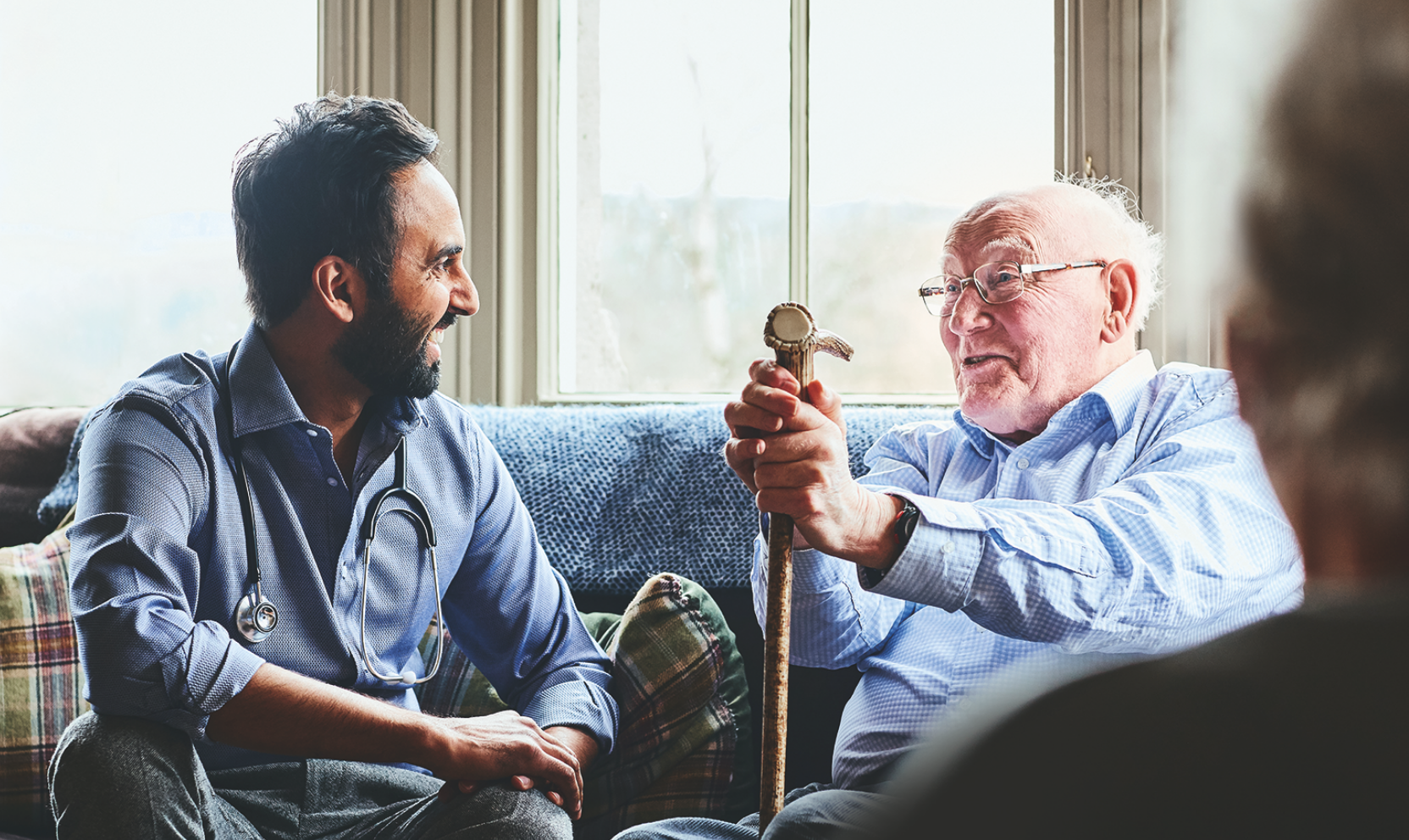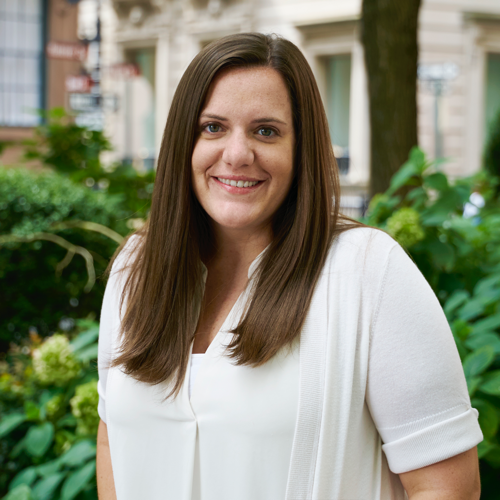We Asked 4,000 Patients about Clinical Trials: Here's What Matters Most [Webinar Recap]

Last week, Antidote’s Head of Partnerships, Lindsey Wahlstrom-Edwards, hosted a webinar in which she shared the results of our patient survey. In the survey, we asked nearly 4,000 patients and caregivers about their attitudes and opinions of clinical research to find out what matters most, and how we can better engage patients from all walks of life in medical research.
Lindsey shared how condition and demographic details impact preferences in terms of trial type, logistical factors, and even participation motivators. Highlights included:
- Patients have a type (of trial). Race and condition play a role in determining what type of trial a particular patient might be interested in. For example, white individuals are more willing to participate in a clinical trial than their non-white peers, but non-white individuals are more likely to participate in an observational trial.
- Information is a key motivator. The top three ways that researchers can motivate patients to take part in trials all involve offering information — making it easier, making it more readily available, and making it clearer.
- Motivations vary by demographics and condition. For example, people of color, women, and/or those of lower socioeconomic status rated logistical factors, such as travel time and not missing work, and financial factors as more important than people who are white, male, and/or wealthier.
- Providing time and space for patients to talk to doctors is key to partnering with patients. This holds true across conditions and socioeconomic statuses.
Our survey findings inform a deeper understanding of how patients want to be approached about clinical trials, and this webinar discussed how these findings should be applied when planning recruitment strategies.
The key takeaway? “When we cater our study design, outreach approach, and logistical support to each condition area and demographic, we create research that invites patients in as partners – not just participants.”
Topics: For Sponsors

